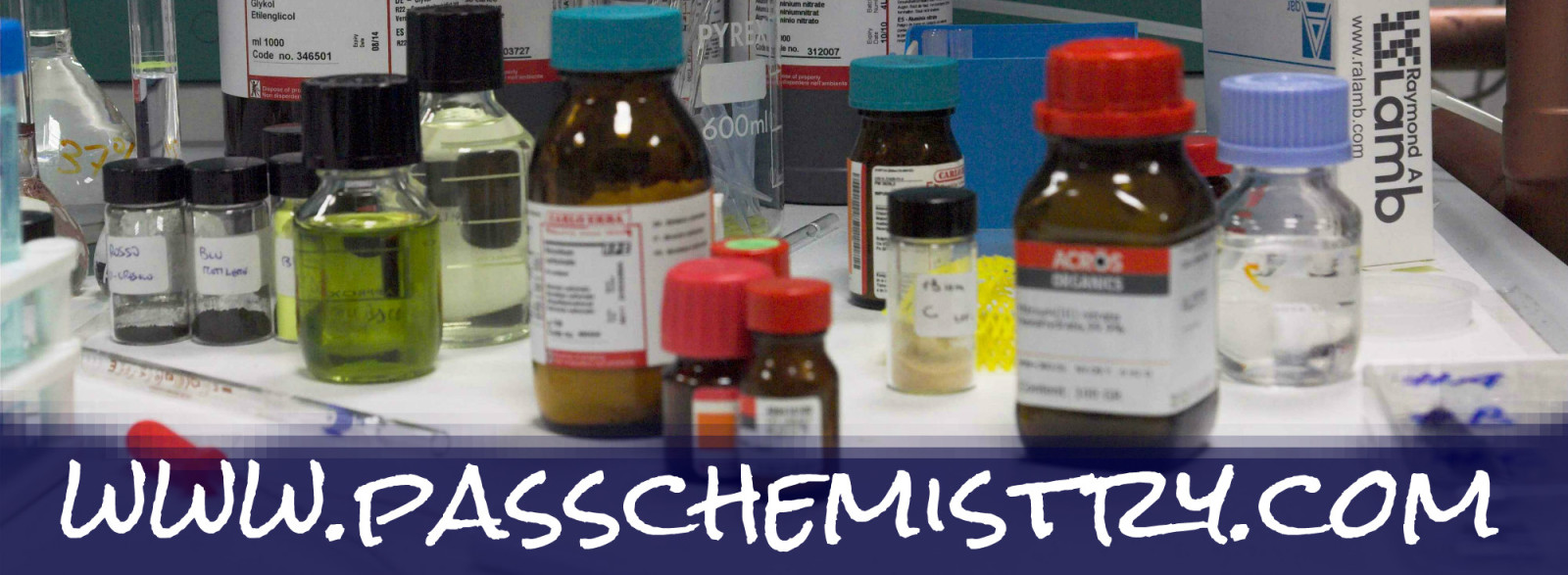Below you will find a variety of problems involving mole calculations. These problems are best solved using dimensional analysis and then rounding your final answer to the correct number of significant figures.
Part 1: Problems Involving Representative Particles
1. Calculate the amount in moles in each of the following quantities.
a. 3.01 x 1023 atoms of rubidium
b. 8.08 x 1022 atoms of krypton
2. Calculate the number of atoms in each of the following amounts.
a. 1.004 mol bismuth
b. 2.5 mol manganese
3. Calculate the number of molecules in each of the following amounts.
a. 4.99 mol of methane
b. 0.00520 mol of nitrogen gas
4. Calculate the number of formula units in the following amounts.
a. 1.25 mol of potassium bromide
b. 5.00mol of magnesium chloride
5. Calculate the amount in moles of the following numbers of molecules or formula units.
a. 3.34 x 1024 formula units of Cu(OH)2
b. 1.17 x 1016 molecules of H2S
Part 2: Converting Between Moles and Grams
6. Calculate the number of moles in each of the following masses.
a. 64.1g of aluminum
b. 28.1 g of silicon
7. Calculate the mass of each of the following amounts.
a. 1.22 mol sodium
b. 14.5 mol copper
8. Calculate the number of moles in each of the following masses.
a. 3.00 g of boron tribromide, BBr3
b. 0.472 g of sodium fluoride, NaF
9. Determine the mass of each of the following amounts.
a. 1.366 mol of NH3
b. 0.120 mol of glucose, C6H12O6
Part 3: Problems with Multiple Conversion Factors
10. Calculate the number of atoms in each of the following masses.
a. 54.0g of aluminum
b. 69.45g of lanthanum
11. Calculate the mass of the following numbers of atoms.
a. 6.022 x 1024 atoms of tantalum
b. 3.01 x 1021 atoms of cobalt
12. Calculate the mass of each of the following quantities.
a. 2.41 x 1024 molecules of hydrogen gas (remember that H is diatomic!)
b. 5.00 x 1021 formula units of aluminum hydroxide Al(OH)3
13. Calculate the number of molecules or formula units in each of the following masses.
a. 22.9 g of sodium sulfide Na2S
b. 0.272 g of nickel (II) nitrate Ni(NO3)2
